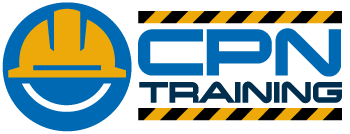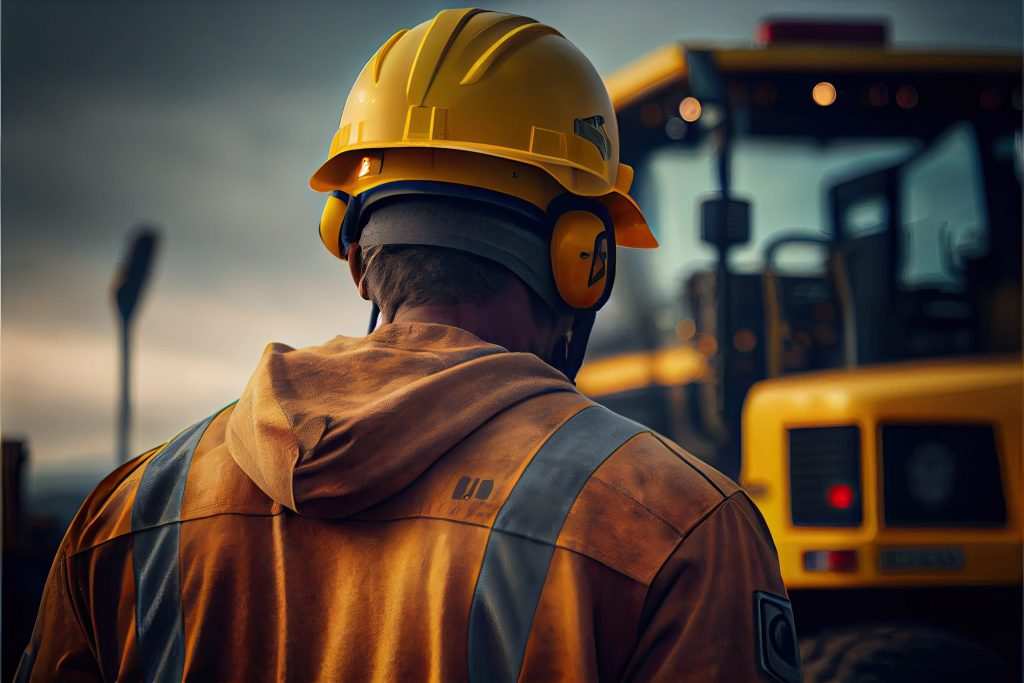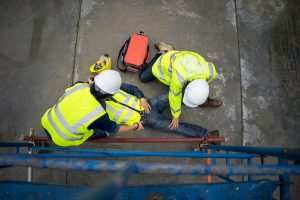Remote-controlled machinery is becoming increasingly common across construction, demolition, and other high-risk industries.
These machines, operated at a distance using various types of wireless or tethered controls, enable workers to complete tasks in environments that may otherwise pose serious dangers.
As the technology becomes more accessible and refined, more companies are turning to these solutions to boost safety and productivity on-site.
However, the shift from manual to remote operation comes with its own set of safety considerations. Operating heavy machinery from a distance removes the operator from the immediate environment, which presents both advantages and unique challenges.
To ensure that these machines are used safely and effectively, proper training and adherence to best practices are essential.
What is Remote‑Controlled Machinery?
Remote-controlled machinery refers to equipment that can be operated without the operator being physically inside or on the machine. This includes excavators, loaders, cranes, and even robotic demolition tools, all of which are guided using handheld transmitters or control consoles.
These systems allow operators to remain at a safe distance while performing complex and potentially dangerous tasks.
These machines are especially valuable in sectors like demolition, mining, nuclear, and offshore construction, where physical proximity to the work area could expose workers to harmful substances, unstable structures, or extreme temperatures.
The level of precision offered by remote-control systems continues to improve, making them a viable option for delicate and high-risk jobs where traditional machinery might fall short.
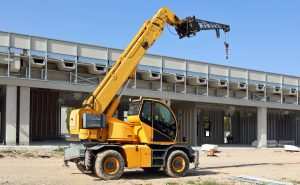
Benefits of Remote Operation
The primary advantage of remote-controlled machinery is improved safety. By allowing the operator to stand away from hazardous zones, the risk of injury due to collapse, exposure, or equipment malfunction is significantly reduced.
This is particularly beneficial in environments with limited access, unstable ground, or dangerous materials. Remote operation also means operators are less exposed to harmful vibrations and prolonged noise levels, which can contribute to long-term health issues.
Another key benefit is enhanced efficiency. With a clearer vantage point, operators can sometimes navigate equipment with greater precision, especially when combined with cameras and sensors.
Remote systems also allow for flexible operation from safe control zones, helping teams work faster in hazardous conditions without compromising on safety.
In some cases, productivity can improve simply by reducing the downtime associated with setting up safety zones for manual operations.
Safety Risks and Challenges
Despite the benefits, remote-controlled machinery presents its own set of risks.
Communication failures, such as signal interference or delays, can lead to accidents or loss of control. Operators must remain vigilant, as there is often a slight delay between input and machine response, which can be dangerous during delicate operations.
Ensuring robust, interference-free communication channels is crucial to maintaining control in real-time scenarios.
Another challenge is the operator’s lack of direct feedback from the machine. Without being physically present, subtle cues like engine vibration, material resistance, or terrain instability might be missed. This can lead to poor decision-making or misjudged manoeuvres.
To compensate, operators must rely heavily on visual information, sensors, and training that develops a keen awareness of machine behaviour from afar.
Training Best Practices
All operators of remote-controlled machinery should undergo formal training and hold the appropriate certification. Organisations such as NPORS or CPCS offer courses tailored to various plant categories, some of which specifically address remote-operated machines.
Even experienced plant operators benefit from training that focuses on remote handling, as the skill set required is quite different to traditional manual controls.
Practical simulation should also play a major role in operator training. Creating realistic scenarios in controlled environments allows learners to understand how the machine responds to commands and how to handle sudden hazards.
Simulated hazard response, signal loss drills, and emergency stop training are key to building confidence and competence before working on live job sites.
Understanding Limitations of Remote Systems
Operators must have a clear understanding of the limitations of remote-control systems. Factors such as control range, battery life, terrain interference, and weather conditions can all impact performance.
Machines may also have limited capabilities when it comes to navigating complex terrain compared to traditional manual controls, so training must cover how to assess environments and respond accordingly.
Emergency procedures are another vital component. Operators should know how to quickly disengage machinery, switch to manual override, or initiate failsafe protocols if something goes wrong.
Site teams must also be briefed on how to communicate effectively with remote operators, especially when work areas are dynamic or shared with other personnel and vehicles.
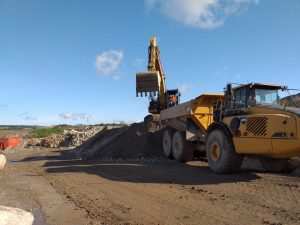
Legal and Regulatory Considerations
From a legal standpoint, the use of remote-controlled machinery still falls under existing health and safety regulations.
Employers must comply with PUWER (Provision and Use of Work Equipment Regulations) and LOLER (Lifting Operations and Lifting Equipment Regulations), ensuring that all machinery is fit for use, properly maintained, and operated by competent individuals.
Remote operation does not exempt businesses from fulfilling their duty of care.
It is equally important to maintain accurate training records and evidence of competence. Should an incident occur involving remote machinery, having documented proof of training and maintenance procedures could be critical during an investigation.
Companies must also ensure that any updates to equipment or procedures are matched with updated training to maintain compliance and reduce liability.
Future of Remote Machinery Training
The future of training for remote-controlled machinery is likely to be shaped by technology. Virtual reality (VR) and augmented reality (AR) are beginning to be used for immersive training experiences that allow operators to practice using equipment in a virtual space.
These tools can simulate dangerous scenarios without the risk, helping operators prepare for worst-case situations in a safe, controlled environment.
Autonomous and semi-autonomous machinery is also on the rise, which means operators and site managers will need to be trained not only on how to use these systems, but how to supervise them effectively.
As the line between manual and machine-led operation continues to blur, having a well-trained workforce that understands both human and machine decision-making will become increasingly important.
Conclusion
Remote-controlled machinery is a major step forward for workplace safety and operational efficiency. However, the technology must be paired with high-quality training to ensure it’s used properly.
Removing operators from direct contact with machines reduces some risks but introduces others, so understanding how to mitigate these through training is vital.
As the construction and industrial sectors continue to adopt advanced machinery, training programmes must evolve to meet the needs of a changing workforce.
Whether through formal certification, hands-on simulation, or new VR-based solutions, businesses must commit to continuous learning and safety awareness to maximise the benefits of remote-controlled technology.
